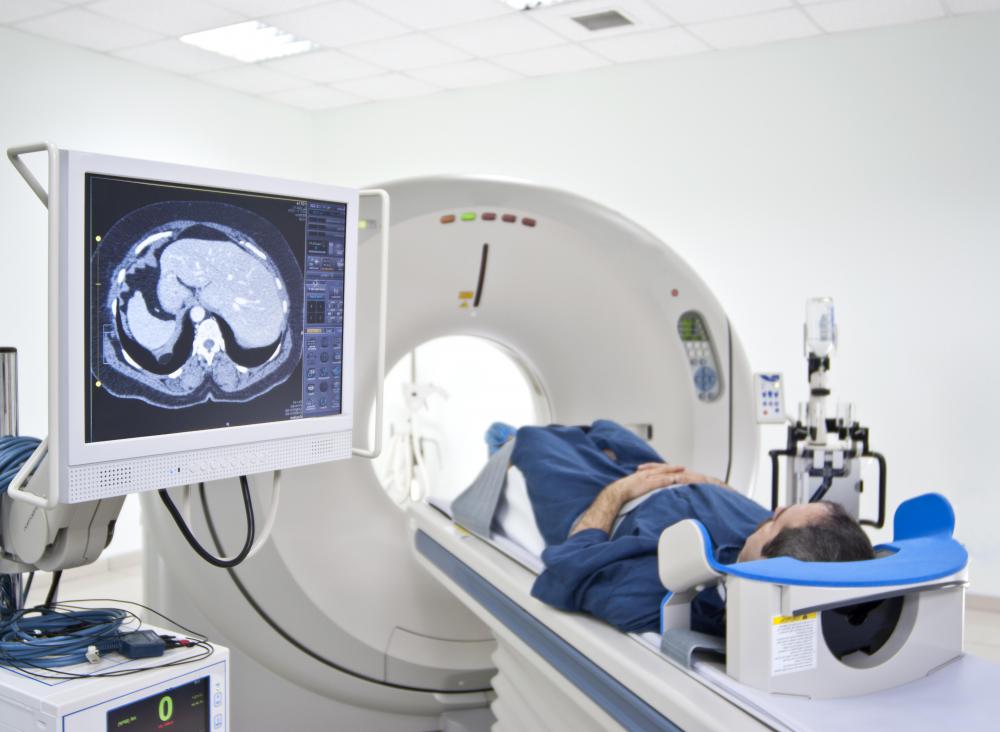At WiseGEEK, we're committed to delivering accurate, trustworthy information. Our expert-authored content is rigorously fact-checked and sourced from credible authorities. Discover how we uphold the highest standards in providing you with reliable knowledge.
What is an Internal Defibrillator?
An internal defibrillator is an automated medical device designed to monitor and regulate the heart. If the device detects a rapid or fluctuating heartbeat, it sends an electrical shock to regulate the heart. This device is used to prevent cardiac arrest in patients with coronary heart disease, heart muscle diseases, and other conditions that lead to arrhythmia.
There are a number of electronic devices available to regulate heart function. An internal defibrillator is differentiated from a pacemaker by function. A pacemaker sends a steady electric pulse to the heart to regulate its beating. The defibrillator sends charges only when it detects an abnormality. Automated external defibrillators are also available, but they rely on the user to place sticky pads to the chest during a cardiac event. The internal defibrillator does not require any external intervention to function.

Internal defibrillators are surgically implanted in the patient's chest with wires connecting to the heart. The device weighs about 3 ounces (88.72 grams) and is about the size of a deck of cards. The implant is usually housed near the collarbone so that maintenance is relatively easy to perform when necessary. The wires are usually connected to the ventricles of the heart, but in rare cases, they may be attached to the atria.
Like any electronic device, an internal defibrillator needs regular maintenance to ensure proper functioning. Users should schedule regular checkups with their doctors to ensure the batteries are functioning properly. The batteries in the device will need to be recharged or replaced regularly. Defibrillators can be programmed to emit a sound when the batteries are in need of attention. Before surgery to implant a defibrillator, patients should ask their doctors about battery function and maintenance, as there is variation among models.
In addition to pacing the heart during arrhythmia events, an internal defibrillator can send a high energy shock to the heart to stop and restart it during extreme cardiac events. Patients are aware of the shock when a major event occurs, and it can be unpleasant or painful. They should contact their physicians after the heart has been defibrillated. Multiple shocks at close intervals signal a major cardiac event that should be immediately treated by emergency medical personnel.
The implantation of an internal defibrillator may require some lifestyle changes. The patient should avoid physical blows, such as those received through contact sports, that might harm or dislodge the device. Strong magnetic fields can disrupt the device, so equipment like magnetic resonance imaging (MRI) scanners, welding machinery, and stereo speakers should be avoided. Patients may use cell phones, but since they have magnetic fields, they should be kept at least 6 inches (15.2 cm) from the implant site.
There is some risk of infection and malfunction with an internal defibrillator. Patients should discuss risks and benefits with their doctors prior to implantation.
AS FEATURED ON:
AS FEATURED ON:











Discuss this Article
Post your comments